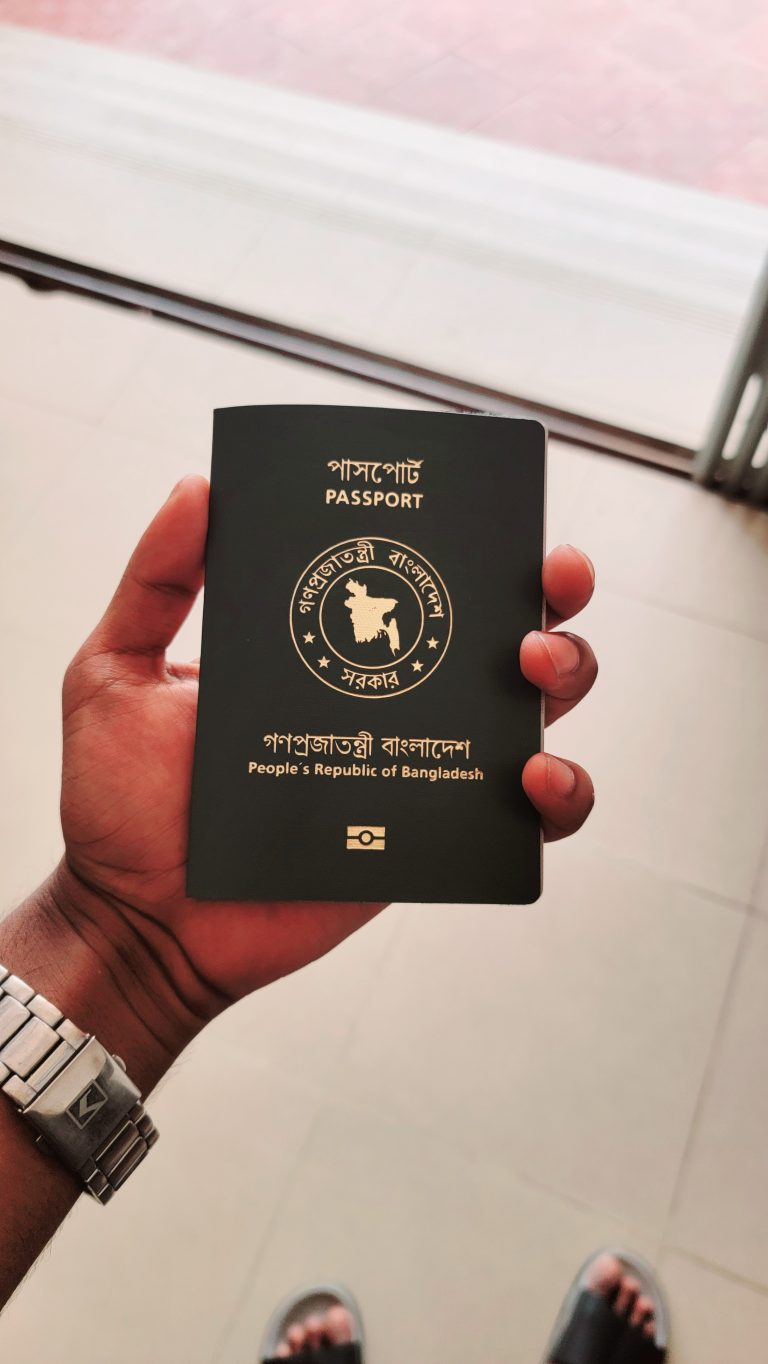Essential Packing Guide for Your European Trip
Are you gearing up for an unforgettable journey across Europe? Packing can be both exciting and daunting, especially when you’re preparing for a trip filled with diverse cultures, climates, and experiences.
But fear not! With the right essentials in your suitcase, you’ll be ready to tackle everything from cobblestone streets to mountain hikes. Here’s a comprehensive guide on what to pack for your European adventure:
1. Travel Documents:

- Passport and Visa: Ensure your passport is valid for at least six months beyond your planned return date and check visa requirements for each country you’ll visit.
- Travel Insurance: Protect yourself against unexpected mishaps with comprehensive travel insurance.
- Copies of Important Documents: Keep copies of your passport, visa, travel insurance, and itinerary in both digital and physical formats.
2. Clothing:

- Layering Pieces: Europe’s weather can vary greatly, so pack versatile items like lightweight sweaters, cardigans, and scarves that can be layered for warmth.
- Comfortable Walking Shoes: You’ll likely be exploring cities on foot, so pack sturdy, comfortable shoes suitable for walking long distances.
- Weather-Appropriate Attire: Check the weather forecast for each destination and pack accordingly, including waterproof jackets, hats, and sunglasses.
- Formal Attire: Include a few dressier outfits for evenings out or visits to upscale establishments.
3. Electronics:
- Universal Adapter: European outlets differ from those in other regions, so pack a universal adapter to keep your devices charged.
- Smartphone and Charger: Your smartphone will be your lifeline for navigation, communication, and capturing memories, so don’t forget to pack it along with a charger.
- Camera: Whether it’s a DSLR or a smartphone with a high-quality camera, make sure you have a device to capture the breathtaking landscapes and iconic landmarks.
4. Toiletries and Medications:
- Travel-Sized Toiletries: Minimize space by packing travel-sized versions of your essential toiletries, including shampoo, conditioner, body wash, and toothpaste.
- Prescription Medications: Bring an ample supply of any prescription medications you require, along with a copy of your prescription.
- First-Aid Kit: Pack a small first-aid kit with essentials like band-aids, pain relievers, antidiarrheals, and motion sickness medication.
5. Miscellaneous:
- Travel Backpack or Day Bag: A lightweight, durable backpack or day bag is essential for carrying your belongings while exploring.
- Reusable Water Bottle: Stay hydrated on-the-go by packing a reusable water bottle that you can refill throughout the day.
- Travel Guidebook or App: Arm yourself with valuable insights and recommendations by bringing along a travel guidebook or downloading a travel app for each destination.
6. Money and Security:
- Credit/Debit Cards: Carry multiple forms of payment, including credit/debit cards and a small amount of cash in the local currency.
- Money Belt: Protect your valuables by wearing a discreet money belt under your clothing, keeping your passport, credit cards, and cash safe from pickpockets.
7. Personal Items:
- Snacks: Pack snacks like granola bars, nuts, and dried fruit to curb hunger between meals and keep your energy levels up during long days of sightseeing.
- Travel Journal: Document your adventures and reflections in a travel journal, capturing the essence of your European journey for years to come.
- Language Phrasebook or App: Brush up on essential phrases in the local language using a phrasebook or language app to enhance your cultural immersion.
FAQs for “What should I pack for my Europe trip?”
Q1: How many outfits should I pack for a Europe trip?
A1: Aim for versatility by packing mix-and-match clothing items that can be layered for different weather conditions and occasions. A general rule of thumb is to pack enough outfits for about a week and plan to do laundry as needed during your trip.
Q2: Should I bring a suitcase or a backpack for my Europe trip?
A2: It depends on your travel style and itinerary. If you’ll be moving around frequently and prefer to travel light, a backpack may be more convenient. However, if you prefer the convenience of rolling luggage and will primarily stay in one location, a suitcase could be a better option.
Q3: Do I need to pack formal attire for my Europe trip?
A3: It’s a good idea to pack at least one dressy outfit for special occasions or evenings out, especially if you plan to visit upscale restaurants or attend cultural events. However, the extent of formal attire needed depends on your itinerary and personal preferences.
Q4: What type of shoes are best for walking in Europe?
A4: Opt for comfortable, supportive shoes suitable for walking long distances on various surfaces, such as cobblestone streets and uneven terrain. Sneakers, walking shoes, or comfortable sandals with good arch support are popular choices among travelers.
Q5: Should I bring a laptop or tablet on my Europe trip?
A5: It depends on your needs and preferences. If you’ll need to work or stay connected while traveling, a laptop or tablet can be useful. However, consider the added weight and security concerns, and assess whether you’ll truly need it during your trip.
Q6: How much cash should I bring for my Europe trip?
A6: It’s advisable to carry a small amount of cash in the local currency for immediate expenses upon arrival, such as transportation or small purchases. However, relying primarily on credit/debit cards is safer and more convenient, as ATMs are readily available in most European cities.
Q7: Do I need to pack a raincoat or umbrella for my Europe trip?
A7: Yes, it’s wise to pack a lightweight, waterproof jacket or raincoat, as well as a compact travel umbrella, especially if you’ll be visiting Europe during the shoulder seasons or in regions prone to rainfall.
Q8: Are there any packing restrictions or guidelines for European airlines?
A8: Each airline has its own baggage allowance and restrictions, so be sure to check the specific requirements for your chosen airline before packing. Pay attention to weight limits, dimensions, and any restrictions on liquids, sharp objects, or other prohibited items in carry-on luggage.
Q9: Should I bring a power adapter for my Europe trip?
A9: Yes, European outlets typically have different plug types than those in other regions, so a universal power adapter is essential for charging your electronic devices. Make sure the adapter is compatible with the electrical voltage used in Europe (usually 220-240 volts).
Q10: Is it necessary to pack insect repellent for my Europe trip?
A10: Insect repellent may be necessary if you’ll be spending time outdoors in rural or forested areas, especially during the warmer months when insects are more active. Consider packing a small bottle of insect repellent or purchasing it locally upon arrival if needed.
Final Thoughts:
Packing for a trip to Europe requires careful consideration of your destination, activities, and personal preferences.
By following this comprehensive packing guide, you’ll be well-prepared to embark on an unforgettable European adventure, filled with breathtaking sights, delicious cuisine, and enriching cultural experiences. Bon voyage!








